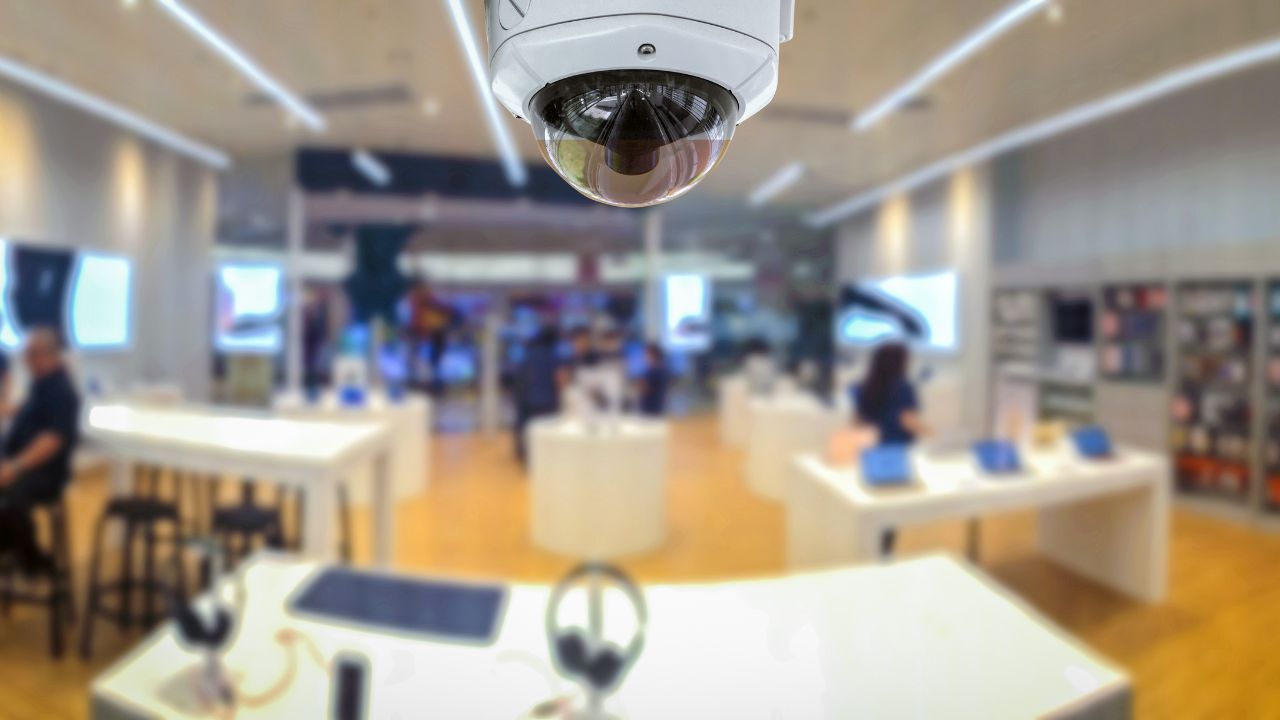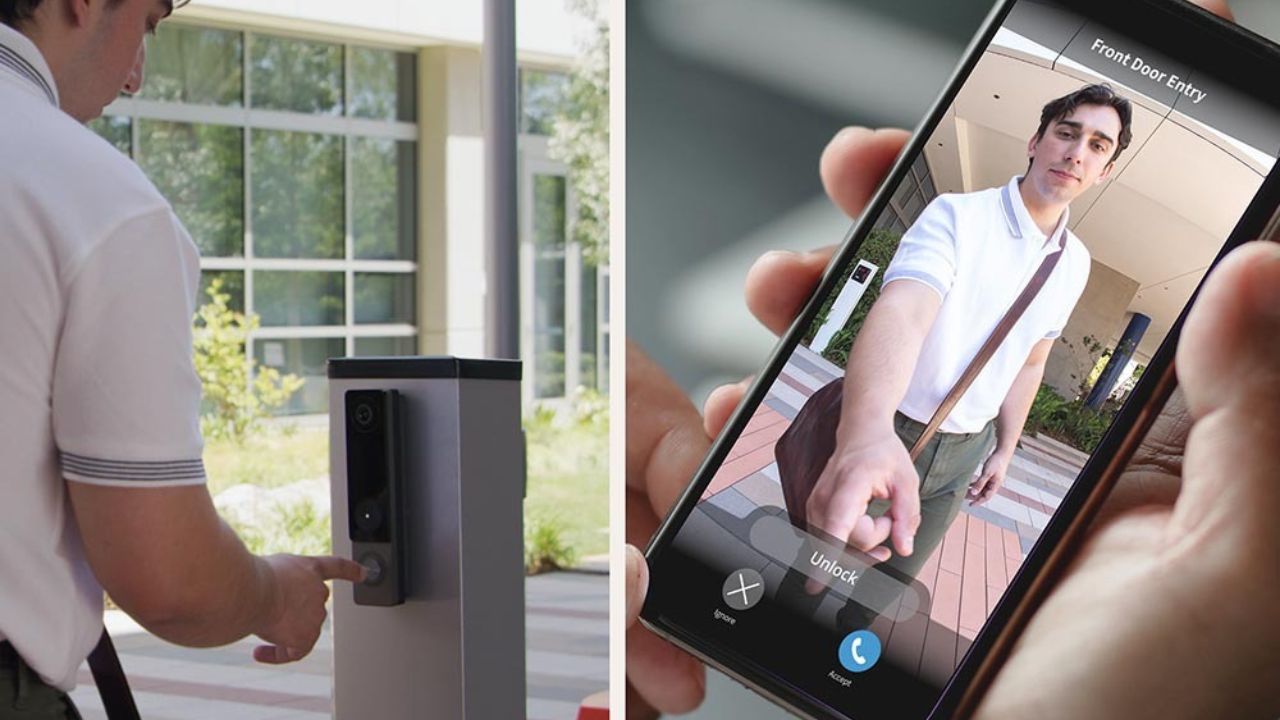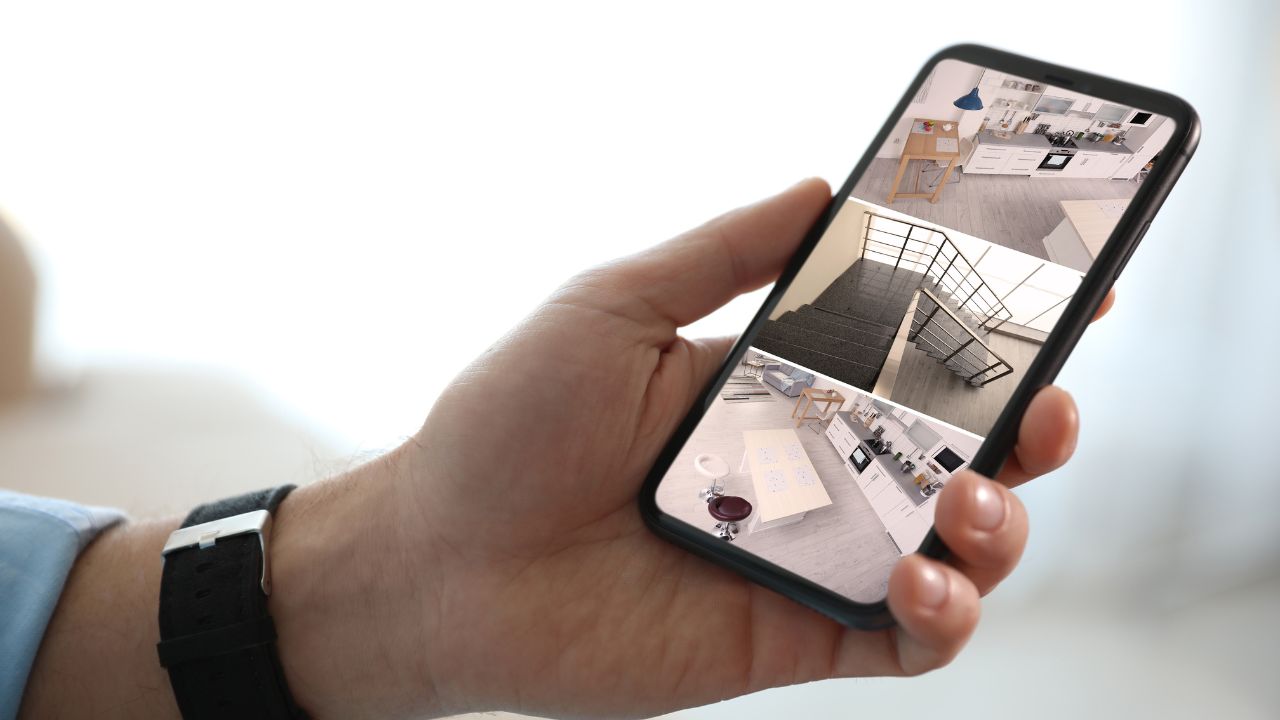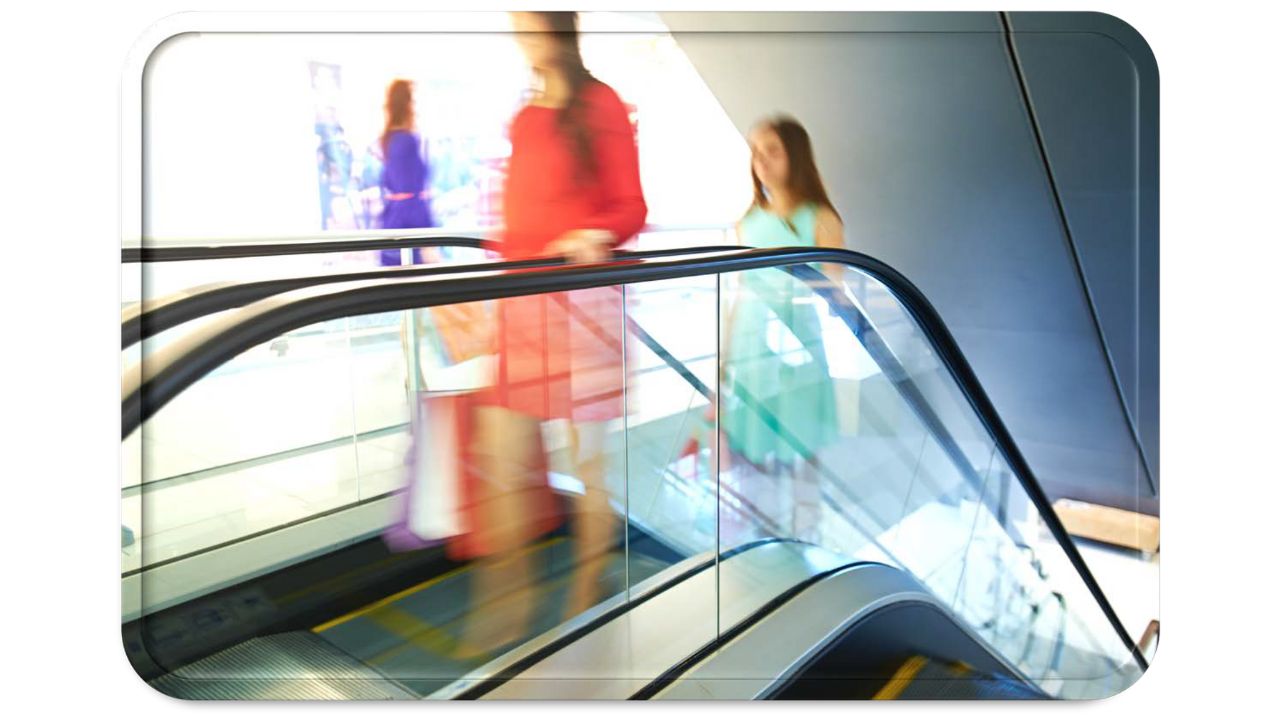
Retail security systems are essential for any retailer looking to protect its merchandise, employees, and assets. Modern security technology helps prevent theft, deter crime, and ensure a safe shopping environment. From video cameras and access control to advanced analytics and cloud management, customised solutions are available for stores of all sizes.
Retail security systems are crucial for safeguarding businesses from theft and loss. They encompass various technologies and methods to monitor, detect, and respond to criminal activities.
Security systems in retail include several key components. Access control limits who can enter certain store areas, reducing the chance of internal theft. Alarm systems notify staff and authorities when unauthorised access or a break-in occurs. Video surveillance uses cameras to monitor store activities, providing both real-time monitoring and recorded evidence.
Integrating a till fraud detection system can further enhance security by monitoring transactions at the point of sale, identifying anomalies and potential fraud.
These systems work together to protect merchandise and assets. Customising these systems is important, as each store has different risks and layouts. Evaluating store design and vulnerabilities helps create a tailored solution for effective security.
Retail security relies a lot on technology. Modern systems can spot suspicious behaviour using smart video analysis. Internet of Things (IoT) devices link different security parts, enabling unified management and control.
Cloud computing gives extra advantages, such as accessing and controlling the system from anywhere. This lets managers watch over security even when they are away. Instant warnings from sensors and cameras enable fast actions to stop threats, lowering theft and losses.
Retailers can choose from various types of security systems. Commercial security cameras provide visual monitoring and can deter theft. Retail store alarm systems alert staff and the police during break-ins.
Access control systems ensure that only authorised personnel can enter specific areas, protecting sensitive information and valuable stock. Automated alerts and notifications help staff respond quickly to emergencies. The right combination depends on each store’s specific needs and risks, ensuring comprehensive protection.
Retail crime has a significant impact on businesses. Theft and fraud can lead to substantial financial losses. The cost of crime to retailers includes not just the value of stolen goods but also the expenses related to security measures and insurance premiums.
Effective security systems help mitigate these risks by providing both a deterrent effect and a means of quickly identifying and addressing criminal activities.
Effective loss prevention involves a combination of theft prevention best practices, thorough employee education, and robust inventory management. Each element plays a critical role in minimising shrinkage and protecting store assets.
Preventing theft starts with strong security measures. Installing and maintaining retail CCTV systems, alarms, and security tags are essential. These devices deter shoplifting and alert staff to any suspicious activity. Regularly reviewing and updating these systems ensures they remain effective.
Hiring security personnel is another key strategy. Their visible presence can discourage potential thieves. Also, planning store layouts carefully, such as putting expensive items in areas that are easy to watch, helps stop theft.
Using electronic article surveillance (EAS) systems can further reduce shoplifting incidents. By tagging merchandise, these systems trigger alarms if items are taken without being properly deactivated at checkout.
Educating employees on loss prevention is crucial. Regular training sessions on identifying suspicious behaviour and handling shoplifting incidents can make a significant difference. Employees should be trained in recognising common tactics used by thieves.
In addition to theft recognition, training should cover the correct use of security equipment and technology. This ensures employees can effectively use tools such as CCTV and security tags to their fullest potential, adding another layer of security against theft.
One of the key elements of loss prevention is proper inventory management. By using sophisticated inventory monitoring systems, retailers can maintain precise records of stock levels. This helps detect differences that could signal theft or other problems.
Using software that combines sales, inventory, and loss prevention data can simplify the tracking process. These systems offer immediate insights into stock flows, helping to identify possible theft trends. Keeping thorough records helps in finding lost inventory, lowering the risk of undetected shrinkage.

Retail security systems protect stores from theft and other risks. Key components include surveillance cameras, alarm systems, and electronic article surveillance (EAS) systems.
Surveillance cameras are essential in monitoring and recording activities inside and outside retail stores. They deter potential criminals and provide evidence in the event of a crime.
Modern video security systems offer high-definition footage, night vision, and motion detection. These features ensure clear images and better monitoring, even in low-light conditions. Retailers can use these systems to track suspicious behaviour and identify repeat offenders.
Integrated video security allows for real-time monitoring. This helps security personnel respond to incidents immediately. Many systems also offer remote access, allowing store managers to view live or recorded footage from anywhere.
Alarm systems alert staff and authorities in case of a break-in or other security breaches. These systems can include door sensors, glass break detectors, and motion sensors.
Access control systems help regulate who can enter certain areas of a store. They grant access using keycards, biometric scans, or codes. When choosing an access control system, consider factors such as ease of use, integration capabilities, and scalability. This is important for areas with valuable merchandise or sensitive information.
Combining alarm systems with access control ensures that only authorised personnel can access restricted areas. This reduces the risk of internal theft and safeguards critical areas of the store.
Electronic Article Surveillance (EAS) systems stop shoplifting by using tags on items that trigger an alarm when someone exits the store without paying. EAS systems are an effective anti-theft device, discouraging shoplifters and preventing them from stealing items unnoticed.
Retailers can enhance security by integrating EAS systems with high-resolution security cameras, such as IP cameras or HD CCTV cameras, which offer superior image quality and better surveillance capabilities. This combination provides a robust solution for deterring theft and monitoring store activity more effectively.

Retail security has seen significant progress with the introduction of advanced technologies. The key developments involve AI-powered analytics, sophisticated software, real-time data monitoring, and enhanced motion detection systems.
AI-powered analytics have transformed retail security. These systems quickly analyse large amounts of data, identifying unusual patterns and potential threats in real-time. This not only helps prevent theft but also understand customer behaviours.
Advanced analytics software can integrate with existing security systems to provide actionable insights. For example, it can alert store managers about suspicious activities, such as loitering or repeated visits by the same individual. By automating these tasks, security personnel can focus on more critical issues, improving the overall efficiency of the security measures.
Real-time data is crucial for effective security management. Modern systems offer real-time monitoring, giving instant updates on potential security threats. This allows for swift action, reducing the chances of theft or damage.
Motion detection technology has also seen considerable improvement. High-definition cameras with motion sensors can detect even the slightest movements. With AI, these cameras can tell the difference between normal activities and dubious behaviours. This lowers the chances of false alarms and improves the precision of identifying security violations.
Integrating these technologies with cybersecurity measures helps protect the data gathered by these systems. This ensures that the information remains secure and inaccessible to unauthorised individuals, making the retail environment safer for customers and staff.

Enhancing the customer experience in retail security systems involves maintaining visibility and store layouts and improving incident response. These elements ensure a seamless shopping experience while ensuring safety and security.
Visibility in a store is crucial for both customers and staff. A well-designed layout enhances visibility, making it easier for staff to monitor activities and customers to find what they need. Strategic placement of CCTV security cameras in high-traffic areas, entrances and exits helps maintain situational awareness and deter potential theft.
Customers feel more secure when there is clear signage and good lighting in the store. A sense of space and visibility is created by having open floor plans with few barriers, which also helps to prevent theft. Changing store layouts frequently to suit different seasons or promotional offers makes the store more attractive to customers.
Using mirrors in blind spots can also improve visibility. Combining these tactics ensures that both staff and customers have a clear line of sight, reducing opportunities for theft and enhancing the overall shopping experience.
Quick and effective response to incidents is vital in enhancing customer satisfaction. Retailers should invest in advanced security systems, including alarm triggers and instant notifications to security personnel. These systems can significantly reduce the response time during an incident, ensuring that any issues are addressed promptly.
Retailers face various security challenges, including organised retail crime, vandalism, and violence. Effective security measures are essential for protecting assets and customer safety. Here, we examine key strategies for dealing with these issues tailored to different retail environments.
Organised retail crime involves groups that plan and execute large-scale theft. Tackling it requires a multifaceted approach.
To monitor suspicious activities in real-time, advanced CCTV surveillance systems are essential. As mentioned earlier, employee training is also important. Staff should learn how to spot and handle theft attempts. Inventory controls can detect losses fast and enable a quick response.
Another key factor is collaboration with law enforcement. Sharing information on theft patterns enables quicker action against criminals.
Vandalism and violence pose significant risks to retailers and shoppers. Preventing these requires both deterrence and response strategies.
Installing visible security cameras acts as a deterrent. These cameras should cover high-traffic areas and entry points. Security personnel can patrol the premises, offering both a physical deterrent and a quick response if incidents occur.
Prevention also involves community engagement, not just physical measures. Establishing good connections with local law enforcement and businesses can make the environment safer. Retailers should also think about installing alarm systems that alert authorities right away if there is any vandalism or violence.
Large department stores and shopping centres come with unique challenges. Their size and the number of people present require comprehensive security systems.
Integrated security systems are essential. These should include CCTV video surveillance, access control, and alarm systems. Centralised monitoring centres allow security teams to oversee multiple areas simultaneously. Having a well-planned layout can help. Designate specific entry and exit points and use barriers to control flow and access to restricted areas.
Regular security audits ensure systems remain effective. Technology must be updated as new threats emerge. These spaces also benefit from having emergency procedures in place. Regularly drill staff and have clear protocols to handle different threats, ensuring a swift and organised response.
Retail security systems have various important features, operate in specific ways, and offer several benefits, especially when incorporating security cameras.
The best retail security systems include access control, CCTV video surveillance, and alarm systems.
Access control helps monitor who enters and leaves the store. CCTV Video surveillance provides live and recorded footage of store activities. Alarm systems alert immediately to potential threats like break-ins.
Physical access control systems use key cards or codes to grant entry.
Video surveillance systems work through cameras placed around the store. These cameras can capture real-time footage and record it for later review.
Alarm systems typically trigger a loud noise and notify security personnel when a breach is detected.
Security cameras deter theft and vandalism. They also help monitor employee behaviour and ensure customer safety. Cameras allow store managers to review footage that is useful for investigating incidents or disputes.
By following these security tips, you can protect your business and ensure its continuity. Remember, don’t compromise on security, seek professional assistance to ensure your business’s safety.
Contact us today at 01 689 6390 for a free consultation and learn how we can help safeguard your business.